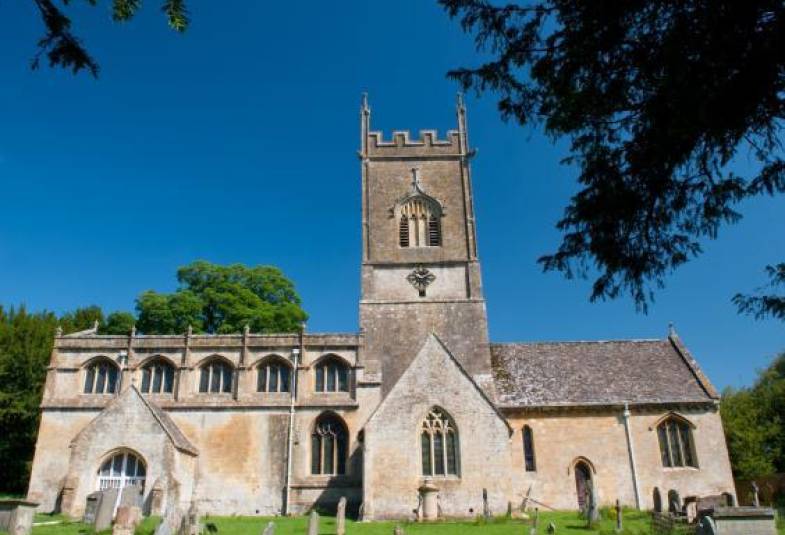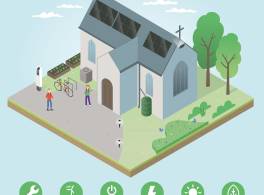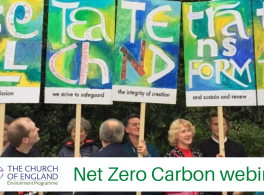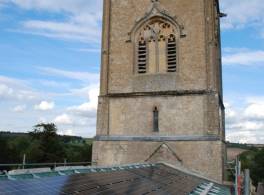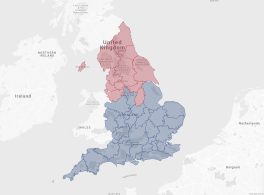The recommendations in this short, two-page guidance note aim to summarise how churches can reduce their energy use and associated carbon emissions. They are based on the findings of our church energy audit programme and input from of a range of professionals in the field.
It offers a 'practical path' to net zero carbon, setting out where most churches should start, and more advanced projects for churches who use more energy.
Where should you start?
These are actions that nearly all churches can benefit from, even low occupancy churches used only on a Sunday. They are relatively easy, with relatively fast pay back.
They are a good place for churches to start, when trying to move towards ‘net zero’.
There are actions you can take
- on the building itself, like maintaining the roof and fixing broken windows
- on your heating & lighting, like switching to renewables and installing LED lights
- and actions for people & policies, liking creating an energy champion.
Where do you go next?
These are actions with a reasonably fast pay back for a church with medium energy usage, used a few times a week. Perhaps half of churches should consider them.
Most actions cost more than the ones above, and/or require more time and thought. Some require some specialist advice and/or installers. They are often good next steps for those churches with the time and resources to move on further towards ‘net zero’.
These include steps such as,
- On your building: if you have an un-insulated, easy-to-access roof void, consulting with your QI about insulating the loft*.
- On your heating and lighting: improve your heating zones and controls, so you only warm the areas you are using.
- For people & polices: vary service times with the seasons, so in winter you meet early afternoon when the building is warmer.
Getting to zero
These are bigger, more complex, projects, which only busy churches with high energy use are likely to consider. They could reduce energy use significantly, but require substantial work (which itself has a carbon cost) and have a longer payback. They all require professional advice, including input from your DAC.
They include actions like;
- The building itself : If you have an open tower void, insulate or draught-proof the tower ceiling
- Heating & lighting: Install solar PV, if you have an appropriate roof and use sufficient daytime electricity in the summer.
Download a self-guided checklist
A great first step for your church is to complete our self-guided checklist, against all the steps in the Practical Path to Net Zero Carbon.
Below are two versions:
- (left) designed for completing onscreen and saving
- (right) designed for printing-out and completing in writing
Once you have finished your review, discuss the results in your PCC, and agree next steps.
The completed checklist will also be a useful attachment for future faculty applications.
(Image below: St Michael's and All Angels Church, Withingdon, perhaps Britain's first zero carbon church.)
